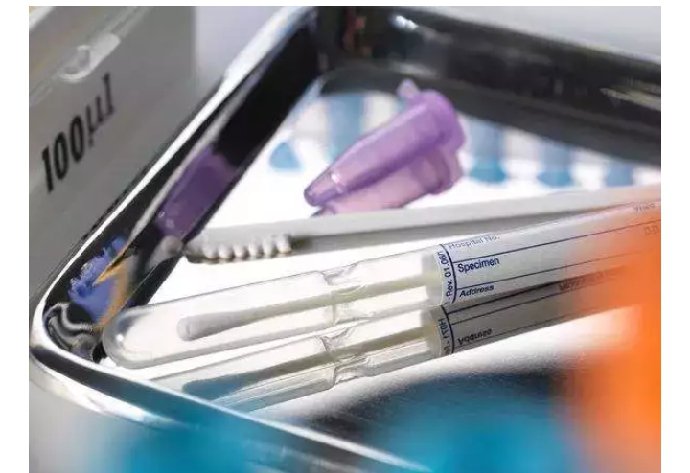
Researchers from the National Institute of Standards and Technology gave the same DNA mixture to about 105 American crime laboratories and three Canadian labs and asked them to compare it with DNA from three suspects from a mock bank robbery.
The first two suspects’ DNA was part of the mixture, and most labs correctly matched their DNA to the evidence. However, 74 labs wrongly said the sample included DNA evidence from the third suspect, an “innocent person” who should have been cleared of the hypothetical felony.
The test results are troubling, especially since errors also occur in actual casework. Just ask Dwayne Jackson of Las Vegas.
When he was 18, he was told that his DNA matched DNA from a home invasion and kidnapping of a woman and her two daughters. He was advised that a jury would most likely believe the DNA, not him. Facing a life sentence at trial, he pleaded guilty to reduced charges in 2003.
Mr. Jackson spent nearly four years in a Nevada prison, until the crime lab realized it had accidentally switched his sample with another suspect’s tube. The lab apologized, and he was released from prison.
Tube swaps are easy to understand. But some laboratory errors are far more difficult to detect. For example, it’s hard to interpret DNA mixtures from three or more people. As DNA testing has become more sensitive, most laboratories are now able to produce profiles from anyone who may have lightly touched an object. The result is that DNA mixtures have become more common, making up about 15 percent of all evidence samples.
To assess how labs are doing with these mixtures, the institute’s researchers have conducted several national studies over the past two decades. Basically, they gave crime labs DNA from several people, as well as DNA from fake crime scenes. They asked the labs if any suspects matched the evidence. If the labs found a match, they were required to report a match statistic. This statistic indicates the odds that the match is a coincidental or innocent match.
One shocking result from the new N.I.S.T. study is that labs analyzing the same evidence calculated vastly different statistics. Among the 108 crime labs in the study, the match statistics varied over 100 trillion-fold. That’s like the difference between soda change and the United States’ gross domestic product. These statistics are important because they are used by juries to consider whether a DNA match is just coincidence.
I first learned about the results of this study in 2014, at a talk by one of its authors. It was clear that crime labs were making mistakes, and I expected the results to be published quickly. Peer-reviewed publication is important, because most judges won’t let you cite someone’s PowerPoint slide in your testimony.
But years went by before the study was published, preventing lawyers from using the findings in court, and academics from citing the results in journal articles. If some of us had not complained publicly, it may not ever have been published.
While this lapse in publication is troubling, more disturbing is that the authors try to mute the impact of their own excellent work. Neither the paper’s title nor the abstract mention the shocking findings. And the paper contains an amazing number of disclaimers.
In fact, the conclusion begins with a stark disclaimer apparently intended to block courtroom used.
In fact, we have shown that this is possible. Working with Cybergenetics analysts and Innocence Network organizations in four states, our Boise State University laboratory has re-examined a few select cases and already persuaded courts to overturn a conviction in New Mexico, two in Indiana and two in Montana. We have also helped identify a new suspect in a 23-year-old murder.
While we have to go to court to get access to case data (a very time-consuming process), the crime labs don’t. They could easily review their own cases. With tens of thousands of DNA mixtures analyzed each year, there are many innocent people who hope the crime labs and courts take the national institute’s study seriously, and act quickly.
Greg Hampikian is a professor of biology at Boise State University and a co-author of “Exit to Freedom.”
Hi! I am a robot. I just upvoted you! I found similar content that readers might be interested in:
https://www.nytimes.com/2018/09/21/opinion/the-dangers-of-dna-testing.html